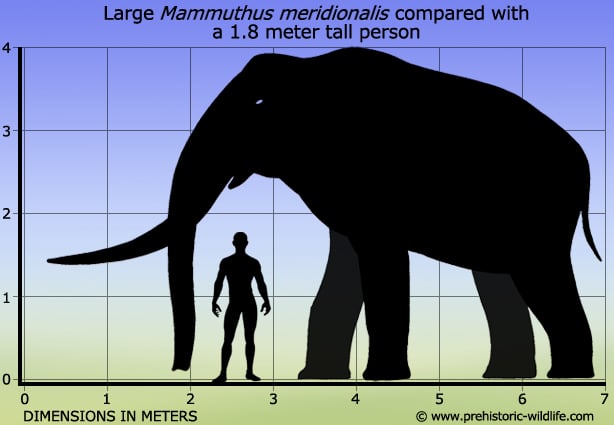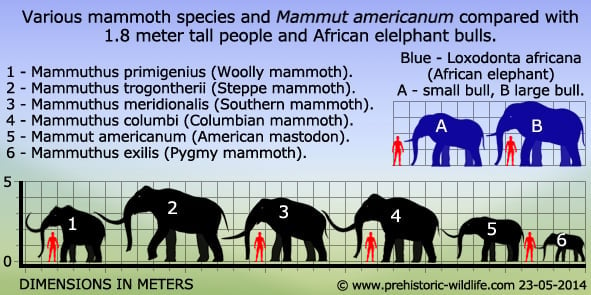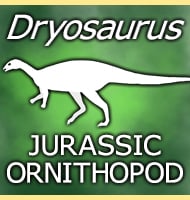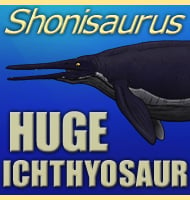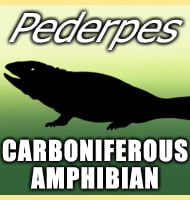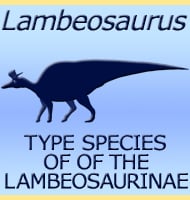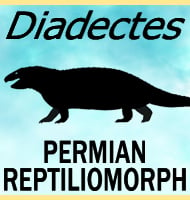In Depth
Further Reading
– Tooth morphology of Mammuthus meridionalis from the Southern bight of the North Sea and from several localities in the Netherlands – Hans van Essen – 2003. – Mammuthus meridionalis (Nesti, 1825) from Campo di Pile (L’Aquila, Abruzzo, Central Italy) – S. Agostini, M.R. Palombo M.A. Rossi, E. Di Canzio & M. Tallini – 2012.
